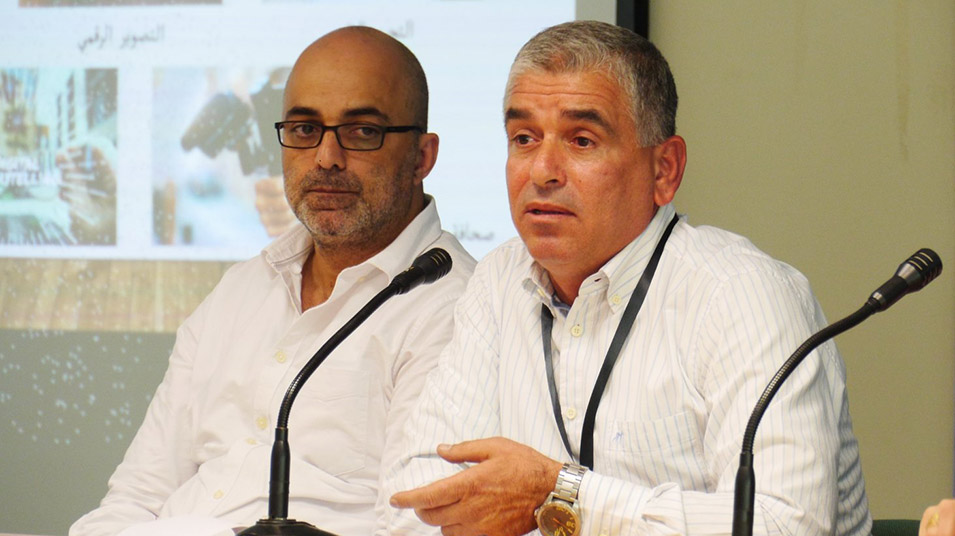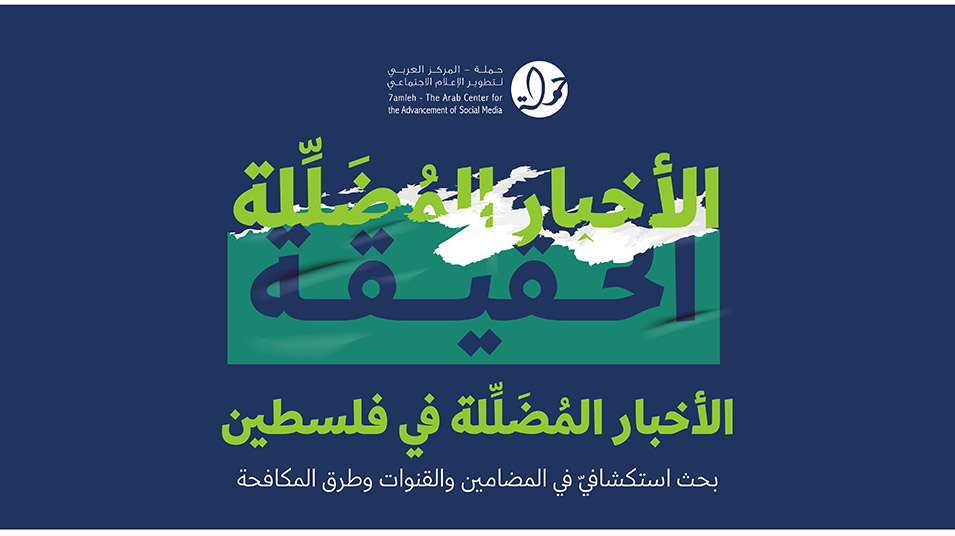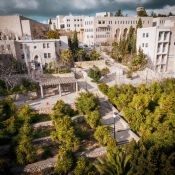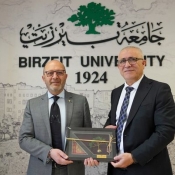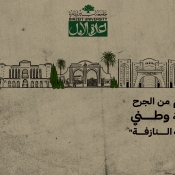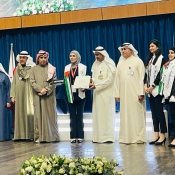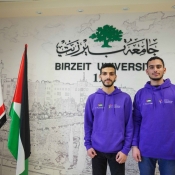BZU media expert: 72 percent of Palestinians exposed to fake news
Saleh Masharqa, a faculty member at Birzeit University’s media department and the coordinator of research and studies at the Media Development Center, has conducted a study titled “Fake News in Palestine: Exploratory Research into Content, Channels and Responses,” highlighting the increased reach of fake journalism through social media and the internet, particularly with the ongoing coronavirus pandemic.
Published by the Arab Center for the Advancement of Social Media (7amleh), the study is the first research to delve into the content and channels of the spread of fake news in Palestine.
According to this research, at least 72 percent of Palestinians say they have been exposed to misleading news and identify Israeli authorities as a main source of misinformation.
The spread of fake news is related to its prevailing political, economic, and social circumstances. Seventy percent of such incidents were related to catastrophes that directly affected vulnerable segments of Palestinian society, 58 percent took place during wartime between Israelis and Palestinians, 50 percent during the peak of division among Palestinian factions, and 22 percent during any economic recovery.
According to the study, the primary sources that produce fake news are Israeli entities, media outlets, social activists, Palestinian entities, political leaders, civil society, companies, religious parties, and the Palestinian Liberation Organization (PLO).
The forms of fake news come in Facebook posts, written news, advertisement, multimedia communication or tweets.
Advising Palestinian readers, the study suggests developing the capacity of civil society to professionally verify and monitor social media, improving social media literacy in terms of spotting fake news, avoiding legislative responses that tend to criminalize the freedom of expression, not responding to fake news once identified, and conducting more in-depth research on the phenomenon of fake news.
The study’s methodology relied on focus groups, a survey, and interviews with media experts and representatives to detect the spread of fake news. The research provides a practical linguistic framework to define the concept and different types of fake news. It divides them into two categories, depending on the platform through which they are distributed, namely traditional news and social media, pointing out that fake news is currently available on both traditional and digital platforms.

